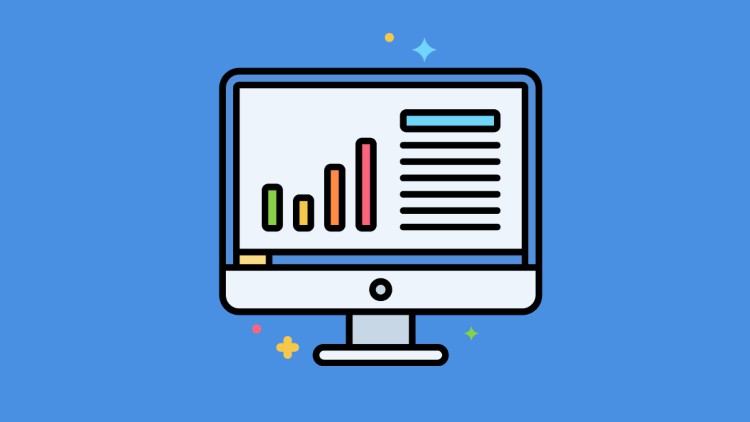
Build Reports using: Tableau | Power BI | Excel |SSRS
What you will learn
Connect to a variety of data sources
Clean and transform data
Create visualizations for data
Generate reports
Create data models
Build data relationships
Define Daatasets
Format Reports
Description
Data reporting analysts transform data into information that can be utilized to make business decisions and actions. Their work involves acquiring data from other sources, creating reports on a regular basis, correcting any code issues, and ensuring that databases remain error-free and organized.
Before they can analyse information, data reporting analysts need to gather the data from primary or secondary sources, which they maintain using organized data systems.
Using data collection systems and analytical techniques, data reporting analysts implement databases and other strategies to optimize the statistical efficiency and quality of the data they work with. This includes filtering and cleaning the data by reviewing computer reports and performance indicators to correct any code problems.
Data reporting analysts review information to identify and interpret any patterns or useful trends in complex data sets.
Data reporting analysts work closely with management to prioritize business needs and stay up to date with the goals of the organization as they evolve. These analysts also work with other departments to find new ways to improve opportunities.
Data reporting analysts regularly use a variety of tools like Power BI, Tableau, Excel, SQL Server Reporting Services – SSRS . With these tools you can connect to a variety of data sources, clean and transform the data and generate reports in a variety of formats.